Mastering Cold Calling for Real Estate Agents
Cold calling has long stood as a stalwart strategy in the sales arsenal of real estate professionals. Despite the rise of digital marketing and social media, the direct, person-to-person nature of cold calling remains a potent force in fostering connections and closing deals. For new realtors and seasoned agents alike, knowledge of effective cold calling techniques can be the difference between industry success and stagnation.
This blog post is tailored for those navigating the competitive landscape of real estate who recognize the need for a powerful outreach strategy. We’ll dissect the art of cold calling, providing insights into why it’s essential, strategies for success, and tangible methods for measuring and improving results.
Understanding Cold Calling in the Real Estate Industry
Cold calling refers to the unsolicited, direct telephone contact between a salesperson (you, the real estate agent) and a prospect with the goal of arranging a meeting, generating interest, or closing a deal— all without any previous contact or request for information from the client.
In real estate, where personal connections and trust are paramount, cold calling offers a direct channel to prospective buyers, sellers, and interested parties. It’s a central cog in the real estate sales machine, not only initiating the sales process but also serving as a touchpoint for maintaining and nurturing potential leads.
The Purpose of Cold Calling
The primary objective of a cold call in real estate is not to list or sell property on the spot, but rather to make a connection, qualify leads, and set the foundation for future business dealings. In the context of the real estate industry, the call serves three critical purposes:
- Introduction and Relationship Building – A well-executed cold call is the first step in fostering a professional relationship. It introduces you and your services to a potential client, humanizing what could otherwise be seen as a transactional business.
- Information Gathering and Qualification – On the call, you aim to gather information about your prospects’ current real estate situation and future needs. This intelligence helps you segment and qualify your leads effectively.
- Appointment Setting – The holy grail of the cold call is to secure a face-to-face meeting. Whether it’s to discuss a potential listing, show a property, or simply consult, an in-person interaction takes the relationship to the next level.
Benefits of Cold Calling in Real Estate
Cold calling in real estate offers a myriad of benefits, especially in a competitive market:
Targeted Engagement – It allows you to reach out to individuals directly, rather than waiting passively for leads to come in.
Immediate and Personalized Feedback – You can gauge a prospect’s interest immediately and personalize your approach based on their responses.
Cost-Effective Outreach – Compared to other marketing or advertising strategies, cold calling is a cost-efficient way to reach out to leads.
Opportunity to Showcase Expertise – Through a direct conversation, you can showcase your knowledge of the local market, thereby instilling confidence and setting yourself apart.
Relationship Building – It’s a powerful tool for building authentic relationships, which is the cornerstone of success in real estate.
Now that we’ve underscored how pivotal cold calling is, we will next explore concrete strategies for mastering this art form.
Effective Cold Calling Techniques Explained
The success of a cold call lies in its preparation and execution. Here, we break down key steps to ensure your cold calling efforts are not just a shot in the dark, but a calculated and strategic approach aimed at yielding tangible results.
Building a Targeted Prospect List
Your first task is to build a comprehensive list of prospects to whom you’ll be reaching out. This list should be meticulously curated, including the key decision-makers and influencers in a given area or demographic.
How to Build a Solid Prospect List
- Define Your Ideal Client Profile – Are you more focused on high-end sellers, first-time homebuyers, or commercial real estate clients? Understanding this will help you narrow your list.
- Use Tools and Databases – Real estate databases and market analysis tools can help identify potential clients based on previous sales data, property types, and location.
- Leverage Community Networks and Events – Local community events or networks can provide a treasure trove of contacts fitting your ideal profile.
- Segment and Rank Leads – Once your list is assembled, segment and rank your leads by likelihood to convert. This aids in prioritizing outreach activities.
Crafting Compelling Scripts
A well-crafted script provides a structured approach to your cold calling, ensuring you cover the essential points while still maintaining the flexibility to engage in natural conversation.
The Elements of an Effective Cold Calling Script
- Introduction – This is your chance to make an impression. State your name, company, and purpose of the call concisely.
- Value Proposition – What sets you apart? Highlight a unique selling point or offer something of value to the prospect.
- Transition – Move from the value proposition to a question or discussion point that invites the prospect to engage with you.
- The Ask – Clearly state what you’d like from the prospect, which in many cases is setting up an in-person meeting.
- Handling Rejection – Include in your script a professional and positive handling of objections or rejections.
Handling Objections Professionally
Expect objections and be prepared to handle them gracefully. Common real estate objections include “I already have a realtor,” “I’m not thinking of selling,” or “I’m not in the market for a new home.”
Strategies for Overcoming Common Objections
- Anticipate – Review your script and think about what potential objections a prospect might raise.
- Redirect – Don’t fight the objection. Instead, acknowledge it and redirect the conversation back to establishing value or solving a problem for the prospect.
- Engage – Turn objections into discussion points. This can provide you with insight into the prospect’s situation and present an opportunity to offer a solution they hadn’t considered.
Follow-Up Strategies
Following up effectively is as important as the initial call itself. It demonstrates your commitment and keeps your services top of mind.
Best Practices for Effective Follow-Up
- Set a Schedule – Decide on follow-up intervals and stick to a schedule without being overbearing.
- Value-Driven – Every follow-up should provide some value, be it a new listing, market update, or industry insight.
- Multichannel – Don’t rely solely on phone calls. Utilize email, social media, or personal notes to diversify your follow-up tactics.
Now that we’ve laid out the nuts and bolts of a successful cold calling strategy, it’s time to discuss how to measure and optimize your efforts.
Measuring and Optimizing Your Cold Calling Campaign
Key Performance Indicators (KPIs) for Cold Calling
To refine your approach, it’s crucial to track the following KPIs:
- Conversion Rates – How many of your calls resulted in a meaningful conversation or set appointment?
- Connect Rates – What percentage of your calls led to a conversation with the intended person?
- Appointment Set Ratio – Of the conversations held, how many resulted in a scheduled meeting?
- Number of Dials – The total number of calls made during a specified period.
Tracking and Analyzing Results
Armed with KPIs, you can now analyze the performance of your cold calling campaign. Look for patterns in what works and what doesn’t, and don’t be afraid to adjust your strategies.
Common Avenues for Analysis
- Script Performance – Which segments of your script lead to higher engagement?
- Objection Handling – Are you finding effective rebuttals to common objections?
- Time of Day – Have you noticed that certain times of the day yield better connect rates or are more likely to secure appointments?
By tracking and adjusting based on these metrics, you can continuously improve the effectiveness of your cold calling operations, leading to a higher conversion rate and a stronger foothold in the real estate market.
Case Studies and Success Stories
Illustrating best practices with real-life examples can be inspiring and instructive. Here’s a sneak peek into how successful real estate agents have utilized cold calling to achieve their goals.
Real-Life Examples of Cold Calling Success
- The Reluctant Client Turned Advocate – By engaging with a prospect who wasn’t initially open to a call, a realtor found not only a listing but also a strong advocate, leading to multiple referrals.
- From Cold Call to Closed Deal in One Week – A skilled realtor managed to secure a meeting and close a deal within a week of the initial cold call, showcasing the direct impact and quick turnaround cold calling can have.
Cold Calling
Cold calling isn’t just another sales tactic; it’s a fundamental skill that can propel real estate agents to new heights in their careers. By understanding its nuances, mastering its strategies, and constantly refining your approach, you lay the groundwork for a robust and productive outreach effort.
For real estate professionals, the old adage holds true: “The fortune is in the follow-up.” While a single call might not guarantee immediate success, a consistent, well-managed cold calling campaign supported by a thoughtful follow-up process can yield significant returns and cement your position as a leading agent in the dynamic world of real estate.
Incorporating these insights into your sales strategy and approaching cold calling with enthusiasm and dedication can transform what might have once been a daunting task into a cornerstone of your real estate business. Instead of shying away from the cold call, embrace it as an opportunity to connect, serve, and thrive in the ever-changing real estate landscape. The phone lines are waiting—transform them into pathways to success.
5 Cold Call Scripts for Real Estate Agents
Real estate is not just about properties and transactions. At its core, it’s a people business. Despite the rise of digital marketing, cold calling continues to be a vital tool for real estate agents seeking to expand their networks, generate leads, and, ultimately, close sales. In today’s ultra-competitive world, a well-crafted cold call script is akin to a sharp, precision instrument in the hands of a skilled surgeon—capable of yielding significant results. This blog post outlines five tried and tested cold call scripts designed to turn every call into a potential opportunity.
The Art of Cold Calling in Real Estate
Picture this: You sit down at your desk, pick up the phone, dial a number, and within seconds, you’re in the midst of a conversation that could lead to a lucrative deal. This is the power of a cold call. For real estate agents, mastering the art of the cold call is much more than a skill—it’s a lifeline. With the right approach, each call becomes a stepping stone toward establishing long-lasting client relationships and unlocking hidden market potential.
But cold calling isn’t about reading a robotic, prewritten script. It’s about creating a conversational flow that not only respects the prospect’s time but establishes your professionalism and value proposition from the get-go. Below, you’ll discover five dynamic scripts that strike a balance between preparedness and personalization.
Script 1: Introduction and Value Proposition
The initial moments of your call are make-or-break. Here, you’ll either capture your prospect’s interest or find them reaching for the polite brush-off. To ensure the former, your introduction must be concise, captivating, and immediately pertinent to the prospect’s interests. Open with a powerful statement that highlights why you—out of the numerous agents they could choose—are the one best suited to meet their needs.[You] Hi, this is [Your Name] with [Your Real Estate Agency]. I’ve helped over 100 families find their dream homes in [Local Area] and I’m calling to share a new listing that I believe aligns perfectly with your search criteria.
This opening line accomplishes several key objectives. It leverages the appeal of past success and local expertise, assuring the prospect that you understand the neighborhood. Additionally, it offers immediate value by introducing a relevant property listing, which serves as a gentle segue into discussing their needs.
Script 2: Qualifying Questions
Understanding your prospect’s needs is crucial. The second script dives into a series of questions designed to reveal their motivations, preferences, and current position in the market.[You] Can you tell me more about the type of home you’re looking for? Are there specific features or amenities that are must-haves for you?
By asking open-ended questions, you invite the prospect to elaborate on their desires, which paves the way for a more personalized service. This not only demonstrates your commitment to their unique situation but also helps you to qualify the lead, ensuring that your time and expertise are invested where there is genuine interest.
Script 3: Addressing Objections
Prospects may initially resist the conversation, often by raising objections—whether genuine or conversational in nature. This script arms you with strategies to tackle these roadblocks without coming off as pushy.[You] I understand, taking the time to meet with an agent is a significant step. How about we start with a brief phone consultation? This way, I can tailor our meeting to provide the most value and address your concerns in advance.
This response showcases empathy while offering a solution that respects their reservations. It suggests a low-commitment action that can lead to a face-to-face meeting only if and when the prospect is comfortable.
Script 4: Providing Solutions
Once the lead has been qualified and any preliminary concerns addressed, it’s time to demonstrate how you can fulfill the prospect’s needs.[You] When you’re exploring current listings, it’s essential to have insight into the market trends affecting home prices in real time. I can provide you with a detailed market analysis report for the areas you’re interested in, ensuring you make an informed decision.
Here, you showcase your unique selling proposition—a custom market analysis report—that no online listing can provide. It solidifies your value as an agent who offers more than just transactional assistance.
Script 5: Call to Action and Follow-Up
Your call’s conclusion should be as purposeful as its beginning. A clear call to action sets the next steps in motion and ensures that the momentum of the sale is maintained.[You] I’ll send you the report we discussed via email. How about we schedule a convenient time for a follow-up call to go over any questions you might have? My schedule is flexible, and I want to make this process as smooth for you as possible.
By proactively setting up the next interaction, you demonstrate your dedication to the prospect’s satisfaction and the follow-through that ensures leads do not grow cold.
Mastering the Art of the Cold Call
Effective cold calling in real estate is not a one-size-fits-all approach. It takes practice, persistence, and a deep understanding of human psychology and your market. While these scripts provide a strong foundation, the key to successful cold calling lies in personalization. Each script should serve as a guide, but the words must ultimately be your own. Incorporate your personality and your unique value, and watch how genuine connections transform even the coldest calls into exciting opportunities. Remember, in real estate, as in life, it’s not about who you know, but who knows you. Now, armed with these scripts, go out there and make sure they know you!
Sammy Loggins
It's Nice to Share








































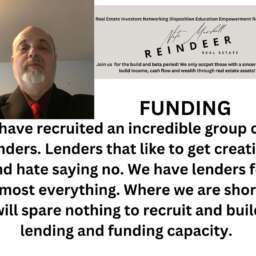


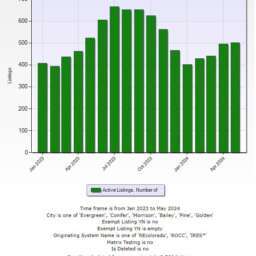


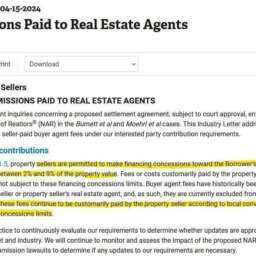


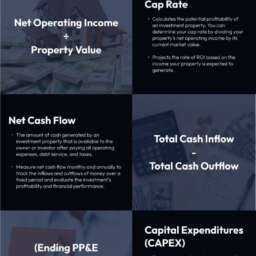



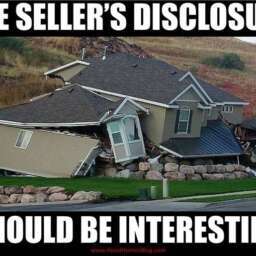

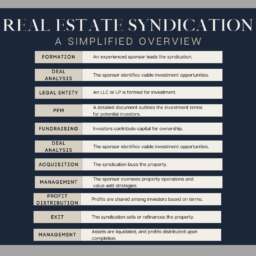




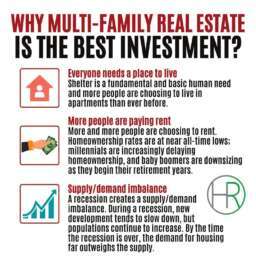
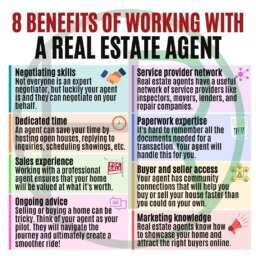
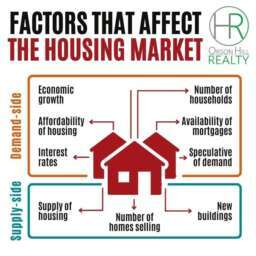
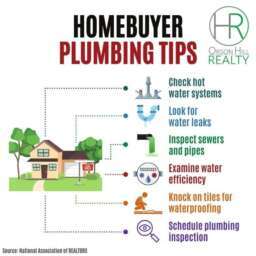

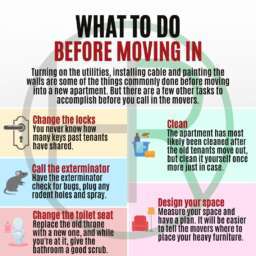



















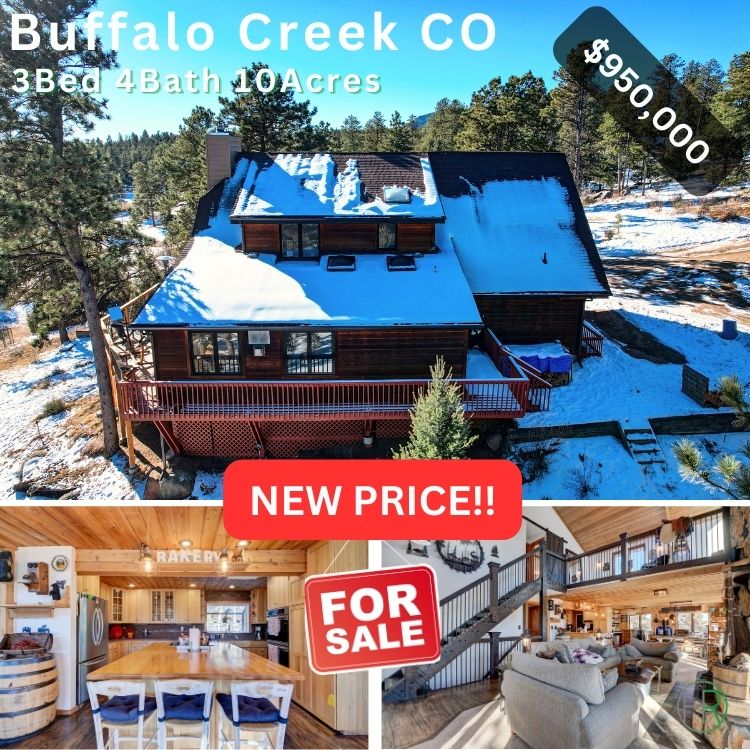



Comment, Write a Blog Post, Create Groups, Get Seen!
Comments, Opinions and Facts Go Here...👇